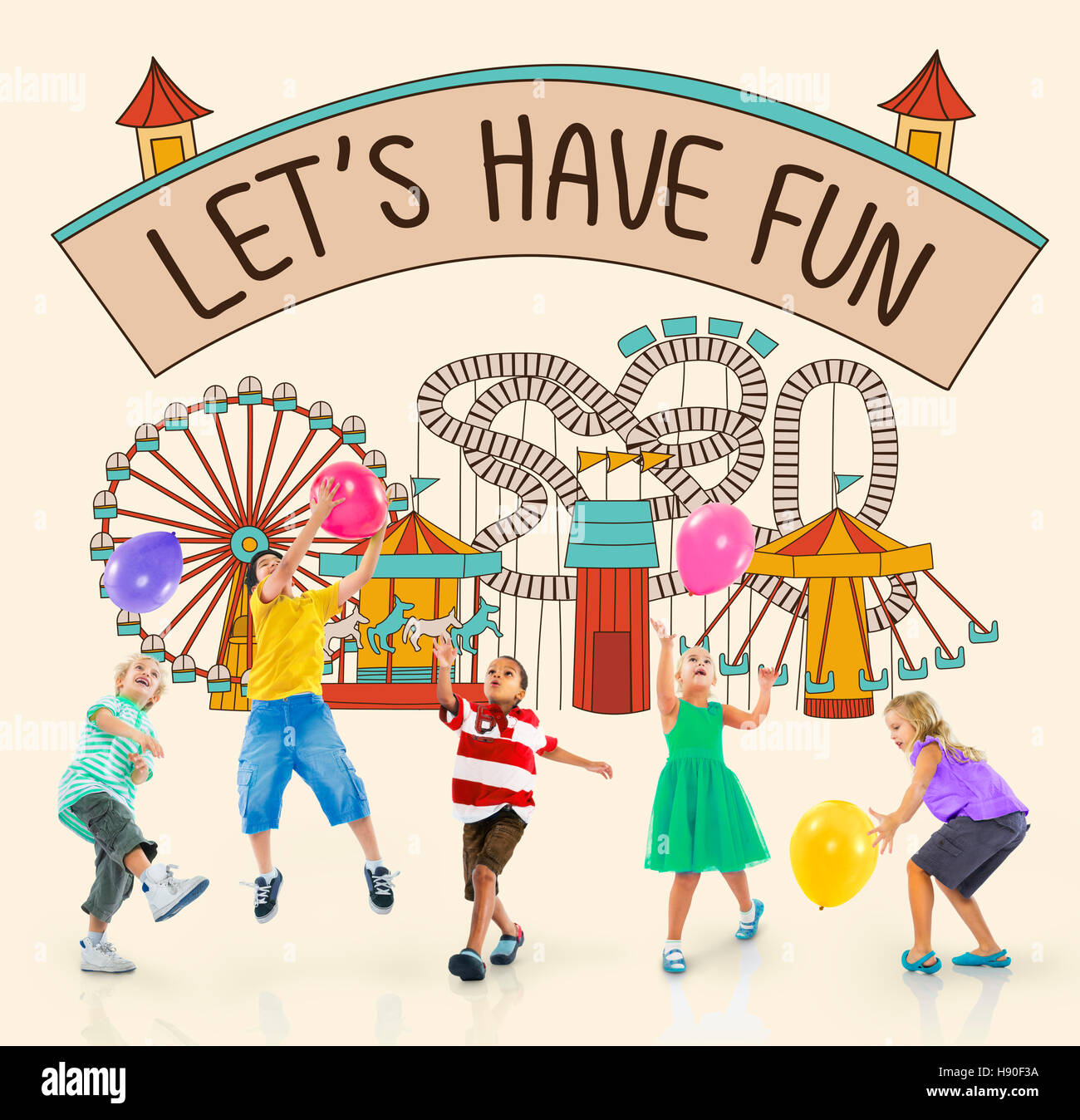
Fun Ways to Track Your Spending: Turn Financial Tracking into a Game
Let’s face it, tracking your spending can feel like a chore. It’s often associated with spreadsheets, budget restrictions, and the nagging feeling that you’re not doing enough to reach your financial goals. But what if I told you that tracking your spending could actually be fun? It’s true! With a little creativity and the right tools, you can transform this essential financial task into an engaging and even enjoyable experience.
Why Make Tracking Fun?
Before diving into the fun methods, let’s understand why making tracking enjoyable is so important.
- Consistency is Key: The most accurate financial picture comes from consistently tracking your expenses. If it feels like a burden, you’re less likely to stick with it. Fun methods encourage you to track regularly.
- Deeper Awareness: When you’re engaged, you pay closer attention to where your money goes. This leads to better awareness of spending habits and opportunities for savings.
- Positive Association: Turning tracking into a game removes the negative connotations often associated with budgeting. You’re more likely to view it as a positive tool for empowerment.
- Motivation: Fun tracking methods often incorporate goals, rewards, and a sense of progress, which motivates you to stay on track and achieve your financial aspirations.
Fun Ways to Track Your Spending:
Here are several creative and entertaining ways to track your spending, catering to different personalities and preferences:
-
The "Penny Jar" Challenge:
- Concept: Every time you make a purchase, round up the amount to the nearest dollar and "deposit" the difference into a virtual or real "penny jar."
- How it Works: Let’s say you buy a coffee for $3.50. You’d round up to $4 and track the extra $0.50 as a "penny jar" contribution. At the end of the week or month, see how much you’ve accumulated in your virtual jar.
- Why it’s Fun: It feels like you’re saving without really restricting yourself. The small amounts add up surprisingly fast, and it’s satisfying to see the total grow.
- Tools: You can use a spreadsheet, a dedicated app (many budgeting apps have "round-up" features), or a physical jar for a tangible experience.
-
The "Spending Journal" with a Twist:
- Concept: Instead of just listing your expenses, turn your spending journal into a creative outlet.
- How it Works: Use colorful pens, stickers, and doodles to record your purchases. Add a short note about how the purchase made you feel or whether it was truly necessary.
- Why it’s Fun: It’s a great way to engage your creativity and make tracking more personal. The emotional connection to your spending can also help you identify patterns and make better choices.
- Tools: A notebook, colored pens, stickers, washi tape, and any other art supplies you enjoy.
-
The "No-Spend Day" Bingo:
- Concept: Create a bingo card with activities you can do instead of spending money.
- How it Works: Fill the squares with activities like "Read a book," "Go for a walk," "Cook a meal at home," "Call a friend," or "Organize a closet." Each day you complete a square instead of spending money, mark it off.
- Why it’s Fun: It turns saving into a game and encourages you to find free or low-cost alternatives to your usual spending habits.
- Tools: A bingo card template (easily found online or created yourself), a marker, and a willingness to try new activities.
-
The "Expense Tracker" App with Gamification:
- Concept: Use a budgeting app that incorporates game-like elements to motivate you.
- How it Works: Many apps offer features like progress bars, badges, challenges, and personalized insights. Some even allow you to compete with friends or family.
- Why it’s Fun: The gamification elements make tracking feel less like a chore and more like a game. The visual progress and rewards can be highly motivating.
- Tools: Popular budgeting apps with gamification features include Mint, YNAB (You Need a Budget), Personal Capital, and PocketGuard.
-
The "Envelope System" with a Modern Twist:
- Concept: Allocate cash to different spending categories (e.g., groceries, entertainment, dining out) and use only that cash for those expenses.
- How it Works: Instead of physical envelopes, use a budgeting app or spreadsheet to track your allocated amounts and remaining balances.
- Why it’s Fun: It forces you to be more mindful of your spending because you’re physically or virtually "running out" of money in each category. The challenge of staying within your limits can be surprisingly engaging.
- Tools: Cash (if using physical envelopes), budgeting app, spreadsheet, or dedicated envelope system app.
-
The "Subscription Audit" Challenge:
- Concept: Regularly review all your recurring subscriptions (streaming services, gym memberships, software, etc.) and cancel any that you don’t use or need.
- How it Works: Make a list of all your subscriptions and their costs. Track how often you use each one and whether you’re getting your money’s worth. Set a goal to cancel a certain number of subscriptions each month.
- Why it’s Fun: It’s like a treasure hunt for hidden savings. You’ll be surprised at how much money you can save by simply cutting out subscriptions you don’t use.
- Tools: A spreadsheet, a subscription tracking app (like Trim or Truebill), and a ruthless attitude toward unnecessary expenses.
-
The "Spending Detox" Challenge:
- Concept: Choose a specific period (e.g., a week, a month) to avoid all non-essential spending.
- How it Works: Define what constitutes "essential" spending (e.g., rent, groceries, utilities) and make a commitment to avoid everything else. Track your progress and celebrate your successes.
- Why it’s Fun: It’s a challenge that forces you to be creative and resourceful. You’ll discover new ways to entertain yourself and meet your needs without spending money.
- Tools: A calendar, a spreadsheet, and a strong will.
-
The "Reward Yourself" System:
- Concept: Set financial goals and reward yourself when you achieve them.
- How it Works: Define specific, measurable, achievable, relevant, and time-bound (SMART) financial goals (e.g., save $500 in a month, pay off a credit card balance). When you reach a goal, treat yourself to something you enjoy (but that doesn’t break the bank).
- Why it’s Fun: It creates a positive feedback loop and reinforces good financial habits. The anticipation of a reward can be a powerful motivator.
- Tools: A goal-setting app or spreadsheet, a reward budget, and a list of things you’d like to treat yourself to.
Tips for Success:
- Choose a method that fits your personality and lifestyle. Don’t force yourself to use a method that you find boring or tedious.
- Be consistent. The more consistently you track your spending, the more accurate your financial picture will be.
- Don’t be afraid to experiment. Try different methods until you find one that works for you.
- Make it social. Track your spending with a friend or family member for added accountability and motivation.
- Celebrate your progress. Acknowledge your successes and reward yourself for staying on track.
Conclusion:
Tracking your spending doesn’t have to be a boring chore. By incorporating fun and creative methods, you can transform it into an engaging and empowering experience. Choose a method that resonates with you, be consistent, and don’t be afraid to experiment. With a little creativity, you can turn financial tracking into a game and achieve your financial goals while having fun along the way.



